
views
Preparing the Invert Sugar
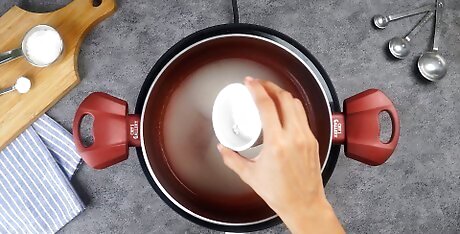
Combine all three ingredients in a medium saucepan. Add the sugar, water, and citric acid to a non-reactive saucepan and stir the ingredients together until combined. Standard granulated sugar can be used, but extra fine granulated sugar and cane sugar are better options. Extra fine granulated sugar already consists of smaller crystals, which further reduces the likelihood of crystallization occurring in the inverted sugar syrup. Cane sugar consists of fairly large granules, but it gives the final product more flavor. It is preferred especially among those using invert sugar for home brewing. Note that 1/8 tsp (1/2 g) cream of tartar can be used instead of the citric acid if desired. Either ingredient is an adequate acid catalyst and will help the sucrose sugar break down into glucose and fructose. Do not use both cream of tartar and citric at the same time, however.
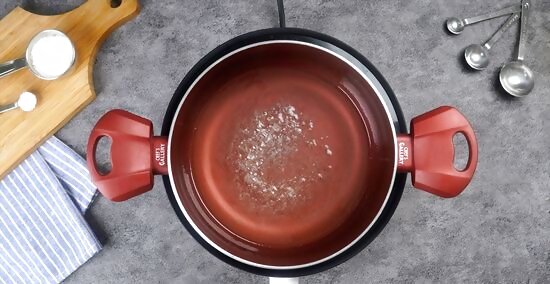
Boil the contents of the pan. Place the saucepan on a stove and heat it over medium-high. Continue heating until mixture begins to boil gently. Induction stovetops and electric stoves are preferred over gas stoves for this process. The gentle, even distribution of heat provided by induction and electric stoves is better than the direct heat given off the flames of a gas burner. Stir the mixture as it heats up to distribute the heat evenly, but stop stirring once the mixture reaches a boil.
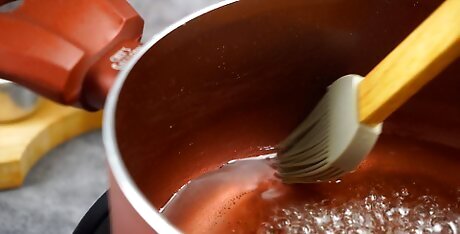
Scrape the sides of the pan. Use a wet pastry brush to scrape stray sugar crystals off the sides of the pan and into the boiling syrup. Dip the pastry brush in clean water before using it to wash down the sides of the pan. This additional water should not have any effect on the final product.

Reduce the heat and let the contents simmer. Reduce the heat to low or medium-low and allow the mixture to simmer lightly for 20 minutes to 2 hours. Do not stir the sugar mixture as it simmers. Stirring will encourage the sugar particles to clump together, which will increase the risk of crystallization and create a grittier final product. Keep the temperature low during this part of the process. High temperatures can cause the sugar to caramelize, which could ruin the final product. Regardless of how long you allow the mixture to boil, it should reach a temperature of at least 236 degrees Fahrenheit (114 degrees Celsius) before you proceed any further past this step. If you want the invert sugar to remain light in color, simmer it for a shorter period of time. To produce a rich amber color, simmer it for a longer period. Watch the invert sugar syrup as it simmers. Once the volume decreases by one-third of the original volume, stir in another 1/4 cup (60 ml) of water. This will prevent the invert sugar from burning in the pan. Doing so is typically only necessary if you choose to simmer it beyond 30 to 40 minutes, though.
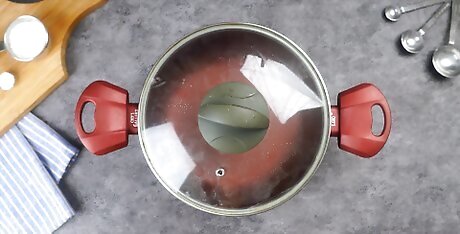
Let cool to room temperature. Remove the saucepan from the heat. Let the invert sugar cool at room temperature until it reaches room temperature. Keep the saucepan covered as the invert sugar cools to prevent dust and debris from floating in. After the invert sugar cools to room temperature, it can be used immediately or stored for later use.
Storing the Invert Sugar
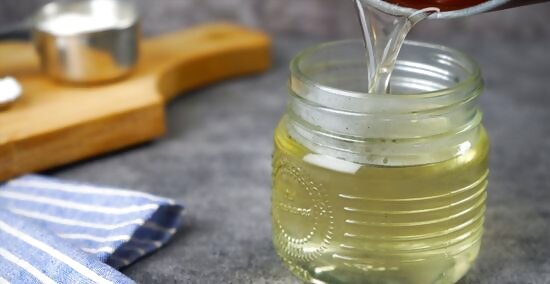
Pour the invert sugar into jars. Pour the cooled invert sugar into a large glass jar, leaving at least 1/2 inch (1.25 cm) of empty headspace at the top of the jar. Seal tightly. You do not need to can the invert sugar, but it the seal should be fairly airtight. Glass jars work best because they are less permeable than plastic containers, but a plastic container can be used if no glass one is available as long as the plastic container has an airtight lid. A 1 pt (1/2 L) glass jar should provide enough space for 1/2 lb (225 g) of invert sugar, but if create a larger batch, make sure that you increase the jar size, too.
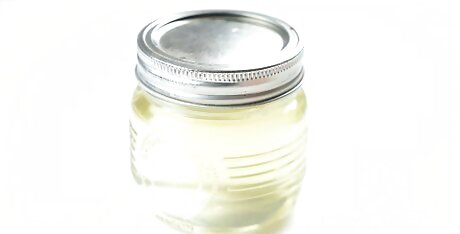
Store in the refrigerator. Place the sealed jar in your refrigerator. When sealed and refrigerated properly, the invert sugar should be able to last anywhere between 6 months and 1 year. Check the sweetener for mold before using it. If you see any signs of mold, you should discard the remaining portion.
Using the Invert Sugar
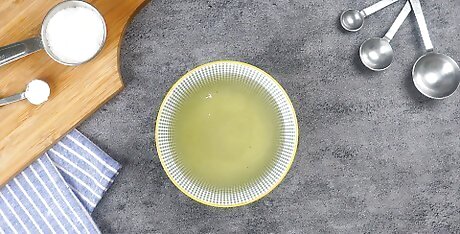
Note the benefits of invert sugar. Invert sugar is often used in professional and commercial kitchens because, among other benefits, it can increase the overall shelf life of many baked goods. There are other reasons to use invert sugar, too. The slow heating process breaks down the sucrose into fructose and glucose. The sugar crystals become smaller, so the food made with the invert sugar takes on a smoother texture. The smaller crystals also allows invert sugar to dissolve quicker. Invert sugar is hygroscopic, so it absorbs moisture from the air. This property keeps bacteria in check and elongates the shelf life of baked goods. Invert sugar has a lower freezing point than standard sugar, so frozen dairy products are less likely to crystallize and more likely to remain soft and easy to scoop.
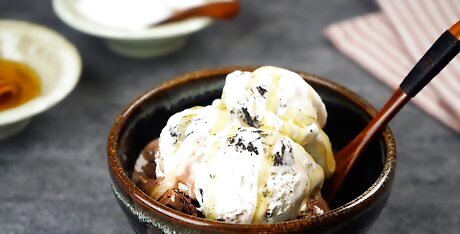
Know which recipes benefit most from invert sugar. Invert sugar is rarely used as a straight sweetener, but you can use it when preparing baked goods, candies, frozen sweets, and home brews. Baked goods made with invert sugar tend to be softer and have a longer shelf life. Candies made with invert sugar tend to have a smoother texture. Ice cream, sorbets, sherbets, and other frozen sweets made with invert sugar tend to develop fewer ice crystals. They also remains softer, smoother, and easier to scoop.' Home brews benefit from the use of invert sugar because it dissolves quicker, giving the yeast quicker access to the sugar it needs.
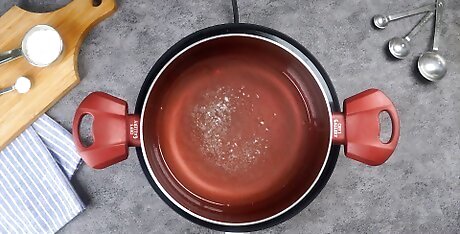
Warm the invert sugar before use. If you are using invert sugar after storing it in your refrigerator, it is usually beneficial to measure out the amount you want and allow it to drop to room temperature before using it in a recipe. After you've stored the invert sugar for a while, you may notice crystals beginning to form. If this happens, you should gently heat the amount you want to use in a double boiler over low heat, stirring frequently. Within several minutes, the crystals should dissolve again and the invert sugar should be ready to use.
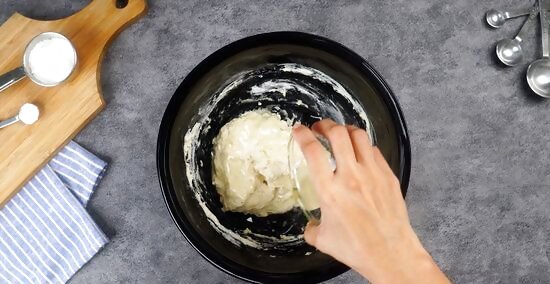
Follow the recipe. When a recipe calls for invert sugar, simply add it according to the recipe instructions. Since invert sugar is primarily used in commercial kitchens, recipes written for the home cook rarely list it as an ingredient. As such, you will usually use invert sugar as a substitute for other sweeteners.
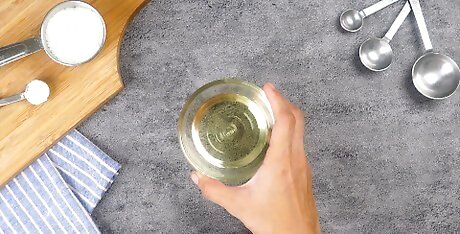
Substitute the invert sugar in place of standard sugar or honey. You can usually use invert sugar in a recipe that calls for standard sugar or honey, but the amount of invert sugar you need to substitute can vary. Note that invert sugar is sweeter than normal sugar due to the free fructose crystals in it. As a result, you should lose about 25 percent less invert sugar than normal sugar. When using invert sugar instead of standard granulated sugar, cut down the amount of liquid in the recipe by one-fifth to one-fourth of the amount of measured invert sugar. This adjustment should be made to compensate for the fact that invert sugar is a liquid while standard granulated sugar is a solid. Substitute invert sugar and honey in equal proportions, however, and do not change the amount of liquid in the recipe. Since invert sugar retains moisture, it is generally recommended that you only replace half the amount of sugar or honey instead of replacing the full amount. For example, you can use 1/4 cup (60 ml) of invert sugar and 1/4 cup (60 ml) of honey for a recipe that calls for 1/2 cup (125 ml) of honey. As another example, you can use 1/4 cup (60 ml) of invert sugar and 1/4 cup (60 ml) of regular granulated sugar for a recipe that calls for 1/2 cup (125 ml) regular granulated sugar. Note that you should also reduce the amount of liquid in this recipe by about 1 Tbsp (15 ml), regardless of whether the recipe calls for 1/4 cup (60 ml) or 3 cups (750 ml).


















Comments
0 comment